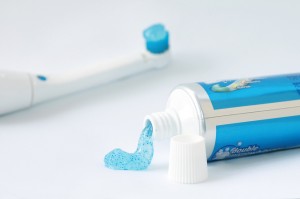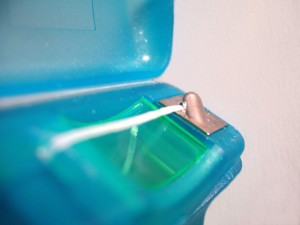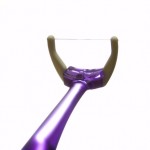Although our dentists at Redcliffe Smiles don’t use metal fillings. Are they really that bad for you?
This a very common question we get at our clinic and a lot of concerns have been raised over the years in regards to amalgam fillings. Known to most as mercury, or metal fillings.
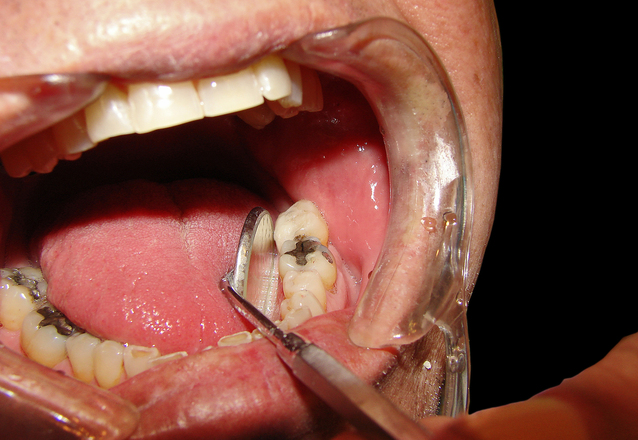 Although rarely used today, Amalgam has been used for years to fill cavities in teeth, it is a combination of metals including silver, mercury, tin and copper. Small amounts of zinc, indium or palladium may also be used. Millions of people have amalgam fillings, so what’s the issue?
Although rarely used today, Amalgam has been used for years to fill cavities in teeth, it is a combination of metals including silver, mercury, tin and copper. Small amounts of zinc, indium or palladium may also be used. Millions of people have amalgam fillings, so what’s the issue?
The concerns raised over the years have been in regards to the mercury it contains, there has been many studies conducted on the safety of amalgam fillings. In 2009, the U.S. Food and drug Administration (FDA) evaluated this research, it found no reason to limit the use of amalgam and concluded amalgam to be safe for adults and children.
The reason mercury is use in amalgam is because it helps to make the filling pliable, when it is mixed with an alloy powder, it creates a compound soft enough to mix and press into the tooth. It also hardens quickly and can withstand the force of biting and chewing.
Everyone is exposed to mercury through either air, water, soil or food. As with most substances, the degree of harm caused by mercury in the body is relevant to the amount we are exposed to. Very low levels won’t cause any ill effect whereas at high levels it can cause several symptoms. The controversy surrounding amalgam fillings centres around how much mercury is released and absorbed by the body.
Small amounts of mercury are released from the amalgam fillings but is very low. It is generally less than the daily amount you are exposed to environmentally or in the food you eat.
We don’t use Metal fillings at Redcliffe Smiles. We suggest replacing them if they are worn, have decay around them, or are a personal aesthetic concern. It’s difficult to justify replacing them on the premise of Mercury poisoning, considering the volume of scientific studies supporting their safety.
 If there is nothing wrong with them there is really no reason to have them taken out.
If there is nothing wrong with them there is really no reason to have them taken out.
However if you are concerned with the amalgam fillings feel free to pop into our practice. We are more than happy to answer any questions you may have.
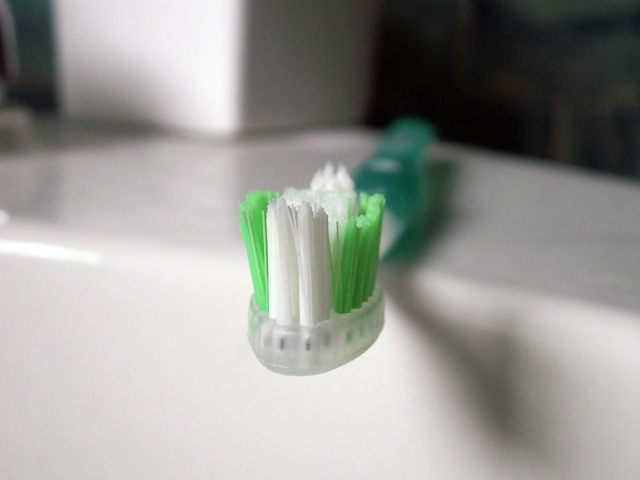
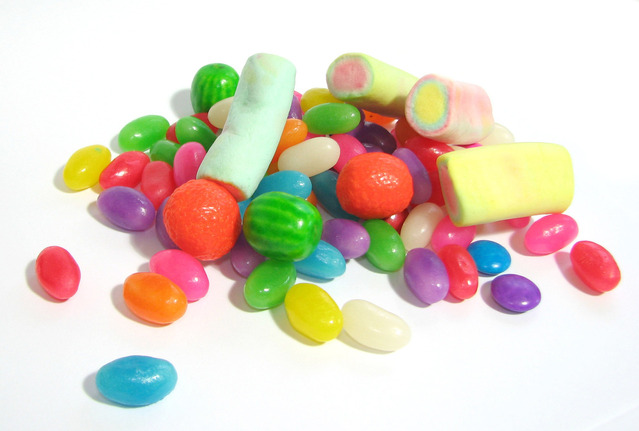
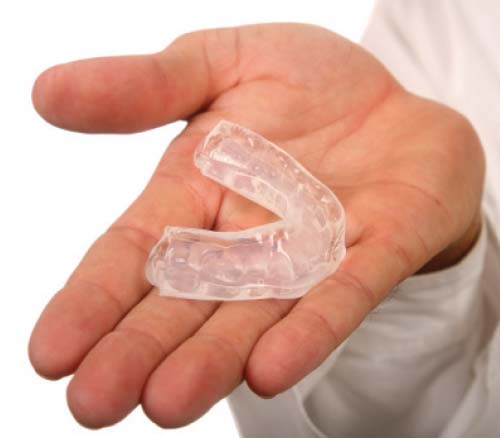

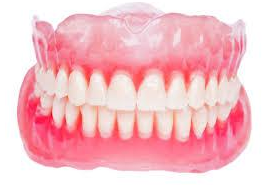 Dentures are custom-made replacements for absent teeth and can be taken out and put back into your mouth. While dentures take some getting used to, and will never feel exactly the same as natural teeth, today’s dentures are natural looking and more comfortable than ever.
Dentures are custom-made replacements for absent teeth and can be taken out and put back into your mouth. While dentures take some getting used to, and will never feel exactly the same as natural teeth, today’s dentures are natural looking and more comfortable than ever.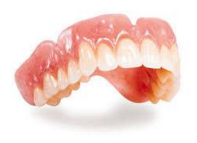
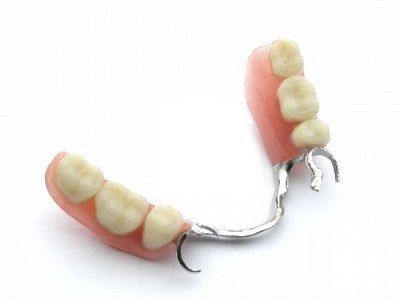
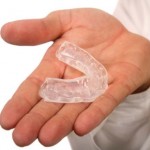
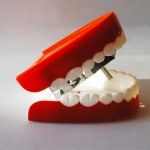
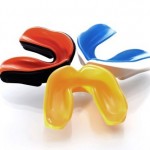 stock mouthguards and also can be bought at many sporting goods stores.
stock mouthguards and also can be bought at many sporting goods stores. 
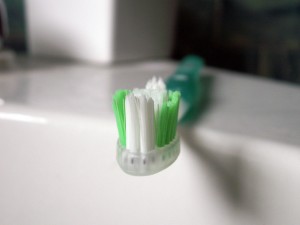 Brushing twice a day and flossing at least once a day it important but this alone will not completely care for your teeth. Food and debris can become trapped under your gums where your toothbrush and floss cannot reach. If left untreated, over a period of time this can cause problems such as decay or periodontal (gum) disease.
Brushing twice a day and flossing at least once a day it important but this alone will not completely care for your teeth. Food and debris can become trapped under your gums where your toothbrush and floss cannot reach. If left untreated, over a period of time this can cause problems such as decay or periodontal (gum) disease.